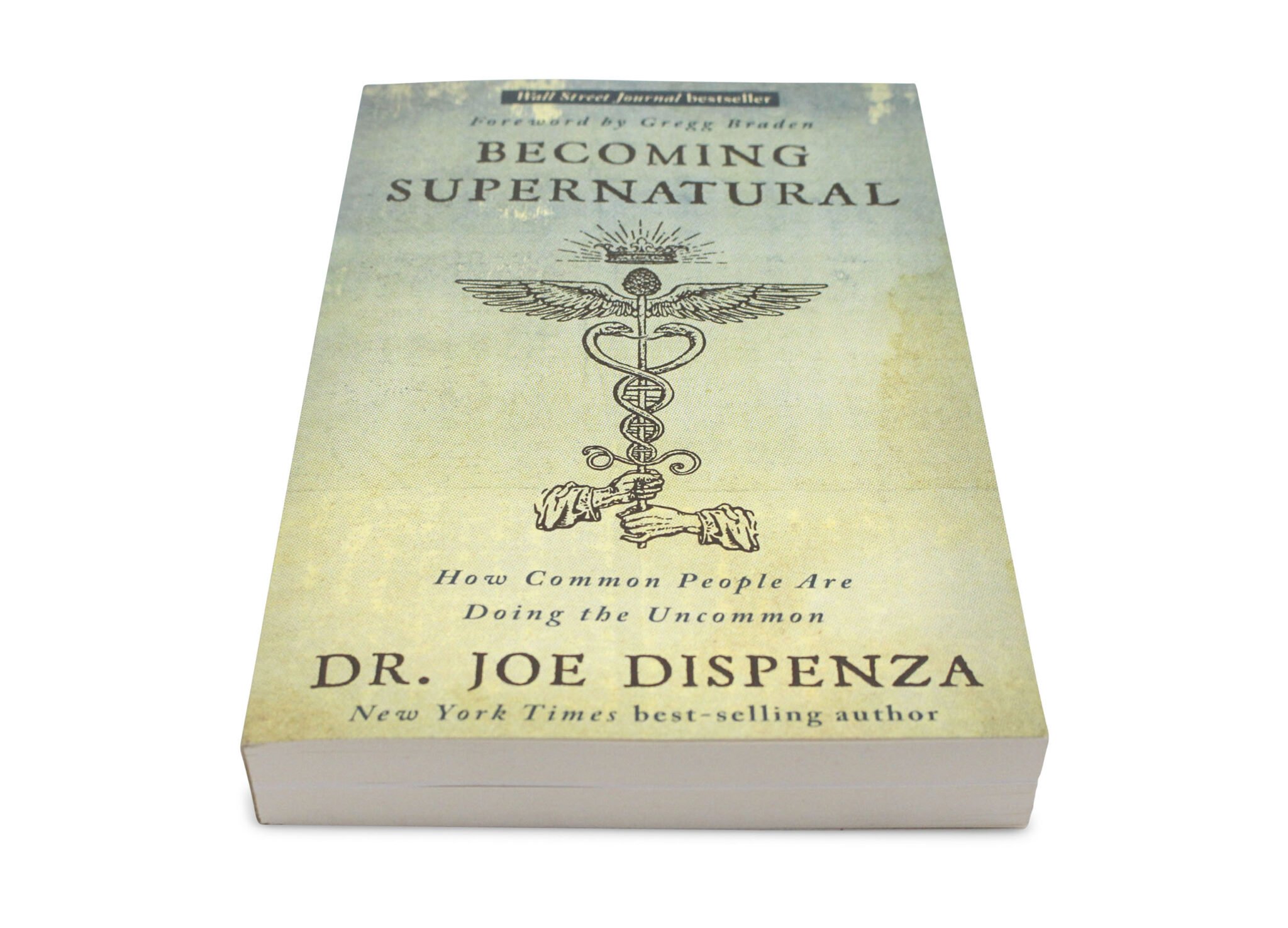

Dispenza provides scientific evidence (including brain scans done on subjects in real time) to demonstrate his hypothesis. Dispenza further suggests that connecting to the unified field through various methods of deep meditation will allow one to leave linear space-time and connect with any possible future that could exist for that individual. Dispenza has combined physics, chemistry, biology, spiritualism, religion, psychology, eastern meditative practices, and the power of the human will to create an advanced set of meditations designed to help anyone connect to the unified field, a place of “no one, nothing, no where, no space, and no time.”ĭr. Einstein was far ahead of his time and physicists today still work on unified theory through the most promising approach, string theory, which requires 10 or more dimensions and describes all elementary particles as vibrating strings, with different modes of vibration producing different particles. In unified field theory, first posited by Albert Einstein, electromagnetism and gravity are unified in a single field, and that quantum mechanics would be the result. Here is a taste of what to expect within this summary: His work is very exciting, fascinating, and a great way to expand your mind. Joe Dispenza's Becoming Supernatural: How Common People Are Doing The Uncommon. The gene itself doesn’t physically change-the expression of the gene changes, and that expression is what matters most because that is what affects our health and our lives.This is a detailed summary and analysis of Dr.

So as we react to a situation in our external environment that produces an emotion, the resulting internal chemistry can signal our genes to either turn on (up-regulating, or producing an increased expression of the gene) or to turn off (down-regulating, or producing a decreased expression of the gene). What do I mean by the environment within our body? As I said previously, emotions are chemical feedback, the end products of experiences we have in our external environment.

But we now know through the science of epigenetics that it’s not the gene that creates disease but the environment that programs our genes to create disease-and not just the external environment outside our body (cigarette smoke or pesticides, for example), but also the internal environment within our body: the environment outside our cells. So if many people in someone’s family died of heart disease, we assumed that their chances of also developing heart disease would be pretty high. “Making Genetic Changes We used to think that genes created disease and that we were at the mercy of our DNA.


 0 kommentar(er)
0 kommentar(er)
